2024 Spring GABA
Simply put...
A distinctive fruity, uniquely biscuity oolong made using the unique vacuum tank (GABA process) described below. Perfect as an accompaniment to food.
In more depth
Tea Maker : Mr. Yu
Leaf Origin : Mr Yu, 1/3 hectare, Baguashan, Mingjian Township, Nantou, Taiwan
Harvest Time : Spring
Note : Spring is the best time to buy Gaba tea. Aromatics and sweetness is higher with less astringency - teas are more fruity and less tannic.
Cultivar : Qing Xin
Plucking standard : 4 or 5 leaves
Processing : Vacuum tank (GABA process), No Baking
Experience : Distinctive fruity, slightly tart flavour.
Last visited by Comins : Summer 2017, Rob Comins
How to prepare tea [Gong Fu Style]
Amount of tea per cup (200 ml): 5g (1/3 of a pot)
Temperature of water: 80℃
Infusion time: 45 seconds then 20 seconds as desired
Number of infusions: 5 +
How to enjoy: No milk, no sugar
How to prepare tea [Western Style]
Amount of tea per cup (200 ml): 5g (one tea caddy spoon)
Temperature of water: 90℃ / 195℉ (boil kettle, cool for 20 seconds)
Infusion time: 2 minutes (or as desired). Add 1 minute for each further infusion.
Number of infusions: 3 to 4
How to enjoy: No milk, no sugar
Tales of the Tea Trade : Spring GABA
Rob : Extract from our our book Tales of the tea trade : Mr Yu : ‘I have been in the tea business 35 years. I never wanted to be in tea, but I had to return to look after my parents [....] My father talked to me about rice, but I had realized tea was easier and would make more money [...]

Mr Yu started making GABA tea around 10 years ago after a seminar by the Tea Research and Extension Station. [He] was told he would not be able to do it himself, so of course he did. The key piece of equipment for this is a metal tank which has the air pumped out of it, creating a vacuum. Mr Yu made the tank he currently uses, which is his second. His first one imploded because it wasn’t strong enough [.....]
[....] Mr Yu is positive about the future. ‘When Chiang Kai-shek came over in 1949 with the military there was a very short-term perspective on agriculture, and in the 1950s and 60s there was heavy use of chemicals in farming. Today some of the most wealthy people are the pesticide and fertilizer sellers. However, we have no GMO crops, no massive corporations and we have small stakeholders. This model means that if we want it and if we make it, change can happen.’ If anyone disagrees, this will simply spur Mr Yu on...read the full story in our book Tales of the tea trade
In more depth : Whats this 'GABA' all about?
GABA actually stands for gamma-aminobutyric acid, so not a normal source for a name of a tea. GABA tea is a relatively new type of tea that was first produced in 1987 in Japan by Dr. Tsushida Tojiro. GABA itself is an amino acid that occurs naturally in the human body (as well as the tea plant) and is the main inhibitory neurotransmitter found in the nervous system.
The process for making this unique tea starts with high grade tea, as this has a higher amount of natural glutamic acid which is the precursor to GABA. The tea plants are often shaded for about ten days prior to being picked as this has been found to increase levels of glutamic acid even further. The fresh leaf is placed in a stainless steel container, oxygen is removed and replaced with nitrogen.

The tea is exposed to this anaerobic, nitrogen-rich atmosphere and a temperature of above 40C for around eight hours. This results in the conversion of the glutamic acid in the leaves into GABA.
So what does a higher level of GABA mean for the tea? Much of the develop was focused on the health affects. In addition to all the healthy benefits of tea drinking, it’s claimed by many that increased GABA decreases stress and anxiety, helps to improve memory and alertness, aids in weight loss, and acts as a natural sleep aid.
With all health claims we at Comins advise you to carry out your own research and approach on the cautious side. Certainly Doctors at New York University’s Langone Medical Center write that “when GABA is taken orally, GABA levels in the brain do not increase, presumably because the substance itself cannot pass the blood-brain barrier and enter the central nervous system.” Also, the presence of L-theanine in tea encourages the production of more GABA, thus contributing to the above benefits without the need the process.
What cannot be argued is that GABA tea has a distinctly different aroma and flavor profile from other oolongs. The process raises the level of catechins called gallate esters, which are responsible for the aroma of many fruits, spices and herbs. This is part of the reason for the uniqueness of the GABA aromas and flavours.


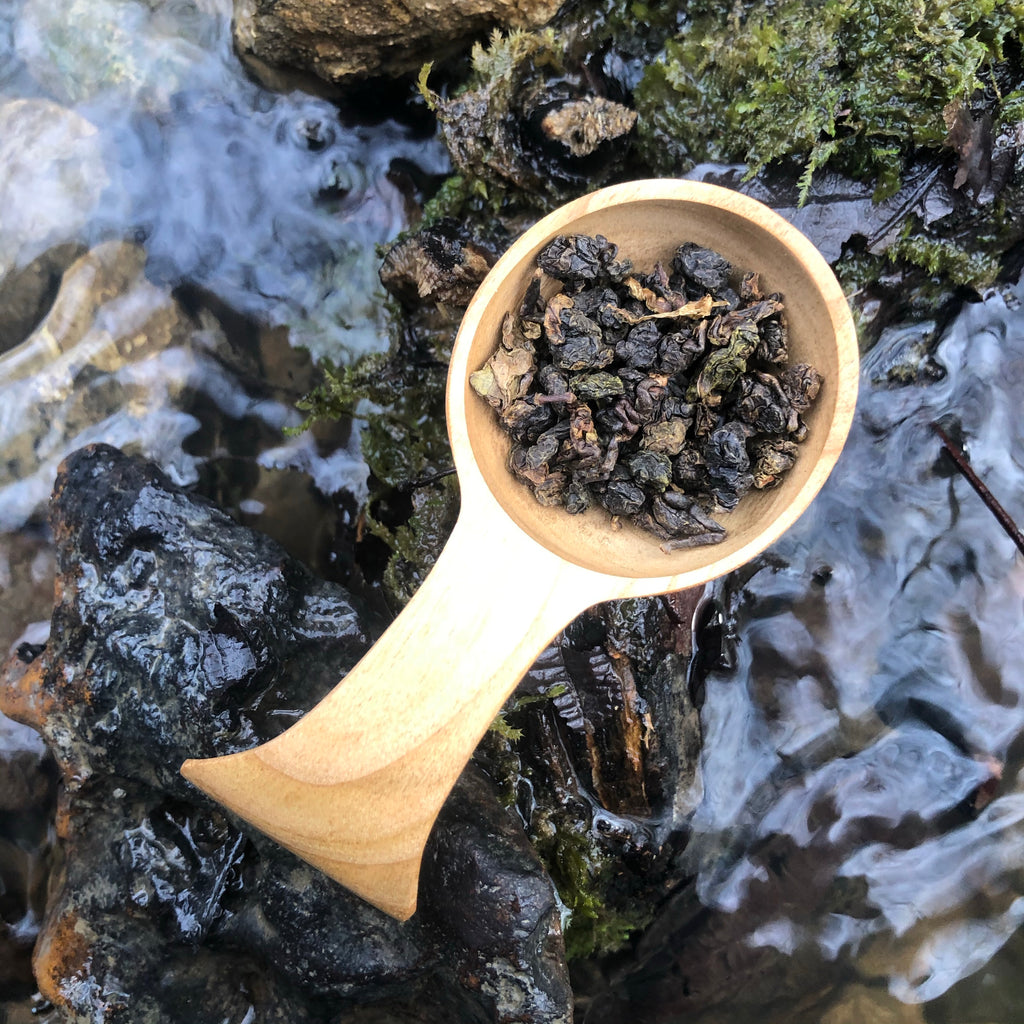
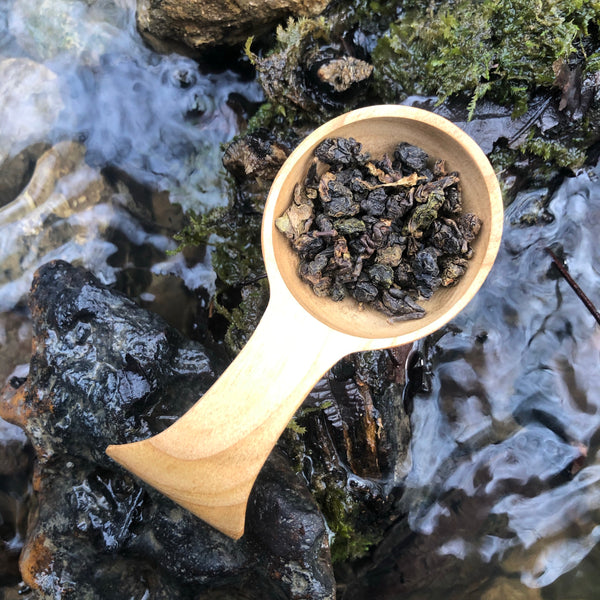
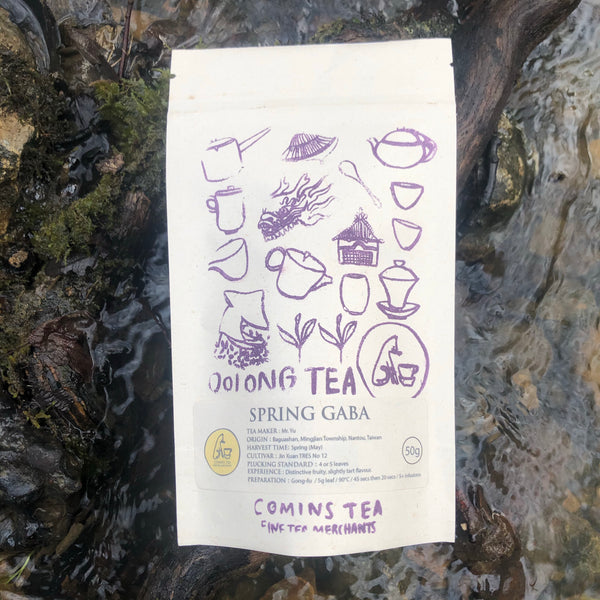
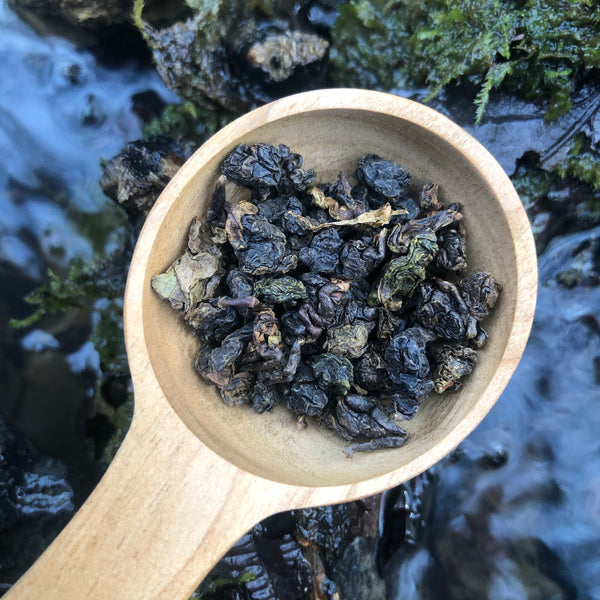
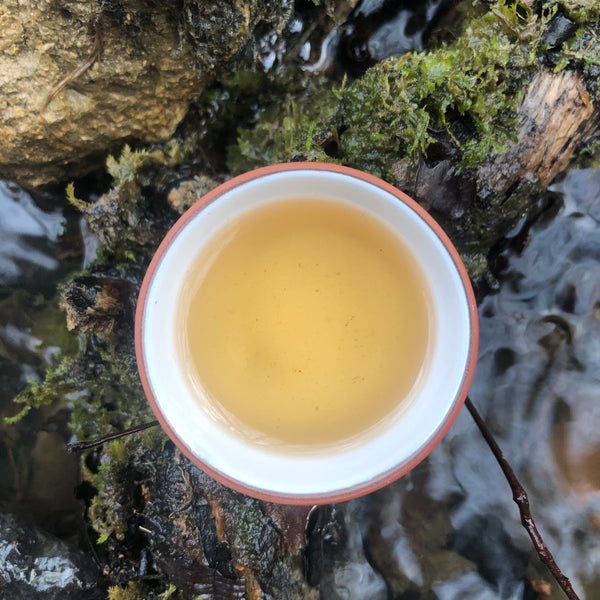

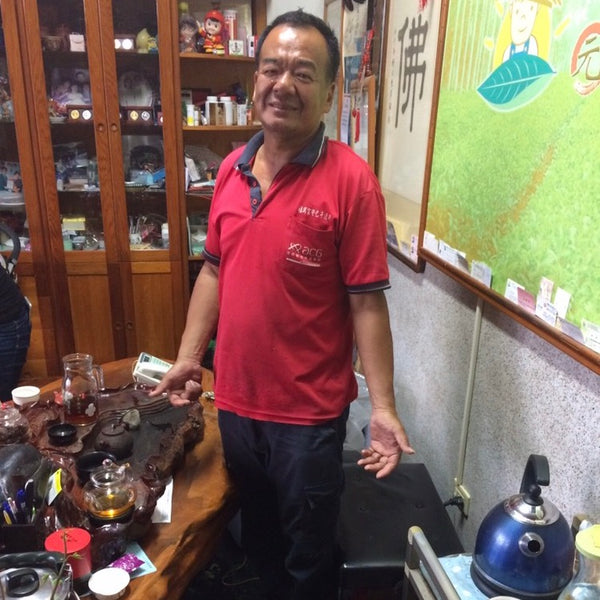
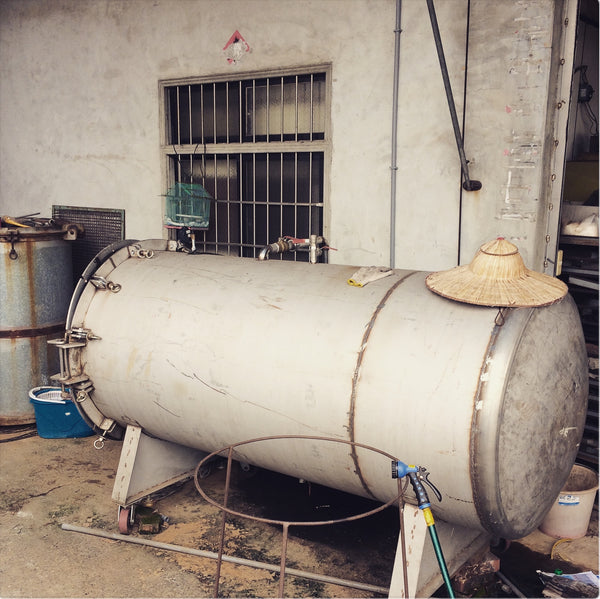
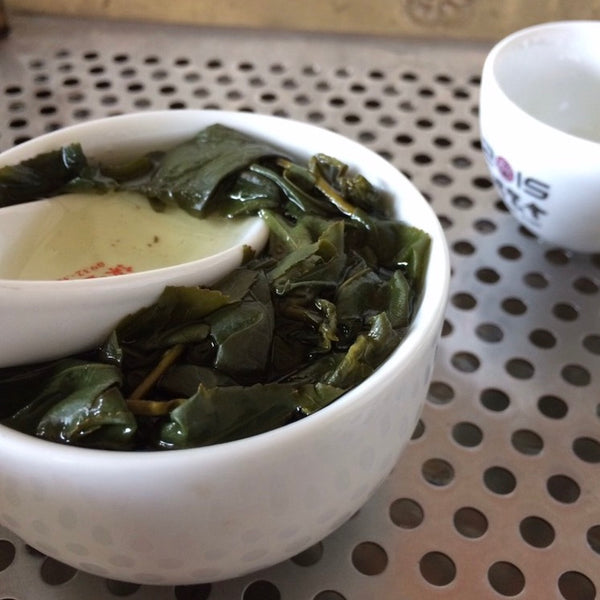
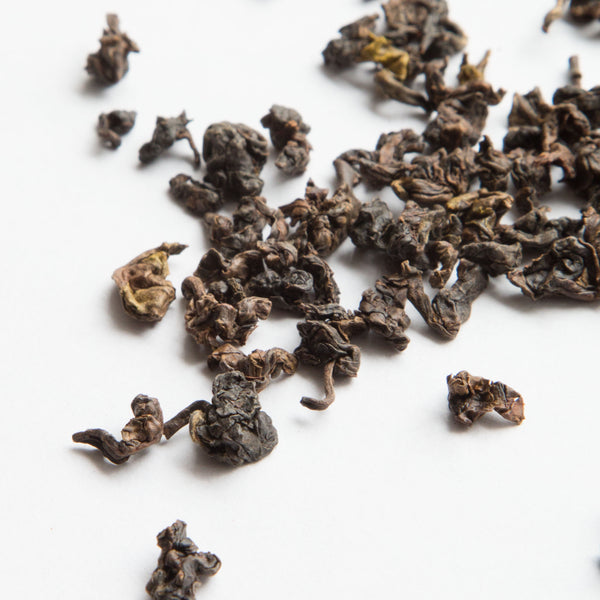
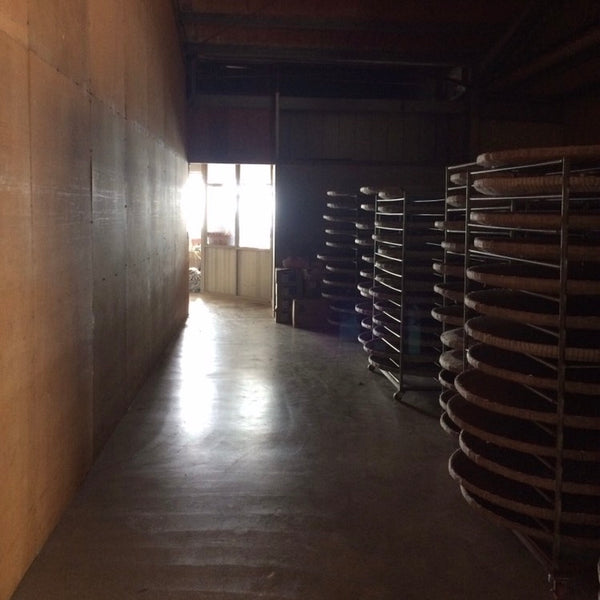
![2025 EXPLORE Oolong Tea [3 oolong tea gift box]](http://cominstea.com/cdn/shop/files/D3A564FC-1B9A-4E04-9F94-559B47A66C36_large.heic?v=1700753872)
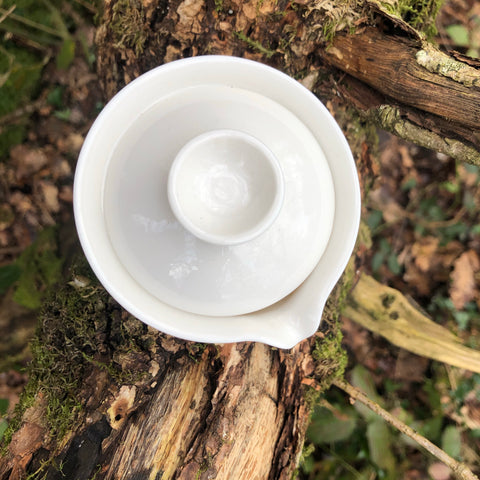
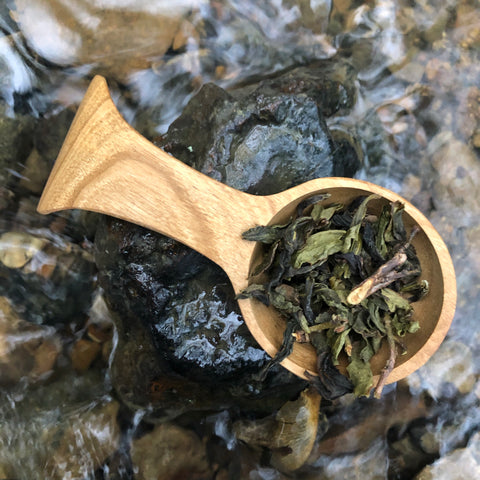
![Spring Four Seasons [Si Ji Chun]](http://cominstea.com/cdn/shop/files/FullSizeRender_133f0bd5-7e93-4cab-b9b2-7b7c6bbdfddb_large.heic?v=1694630112)